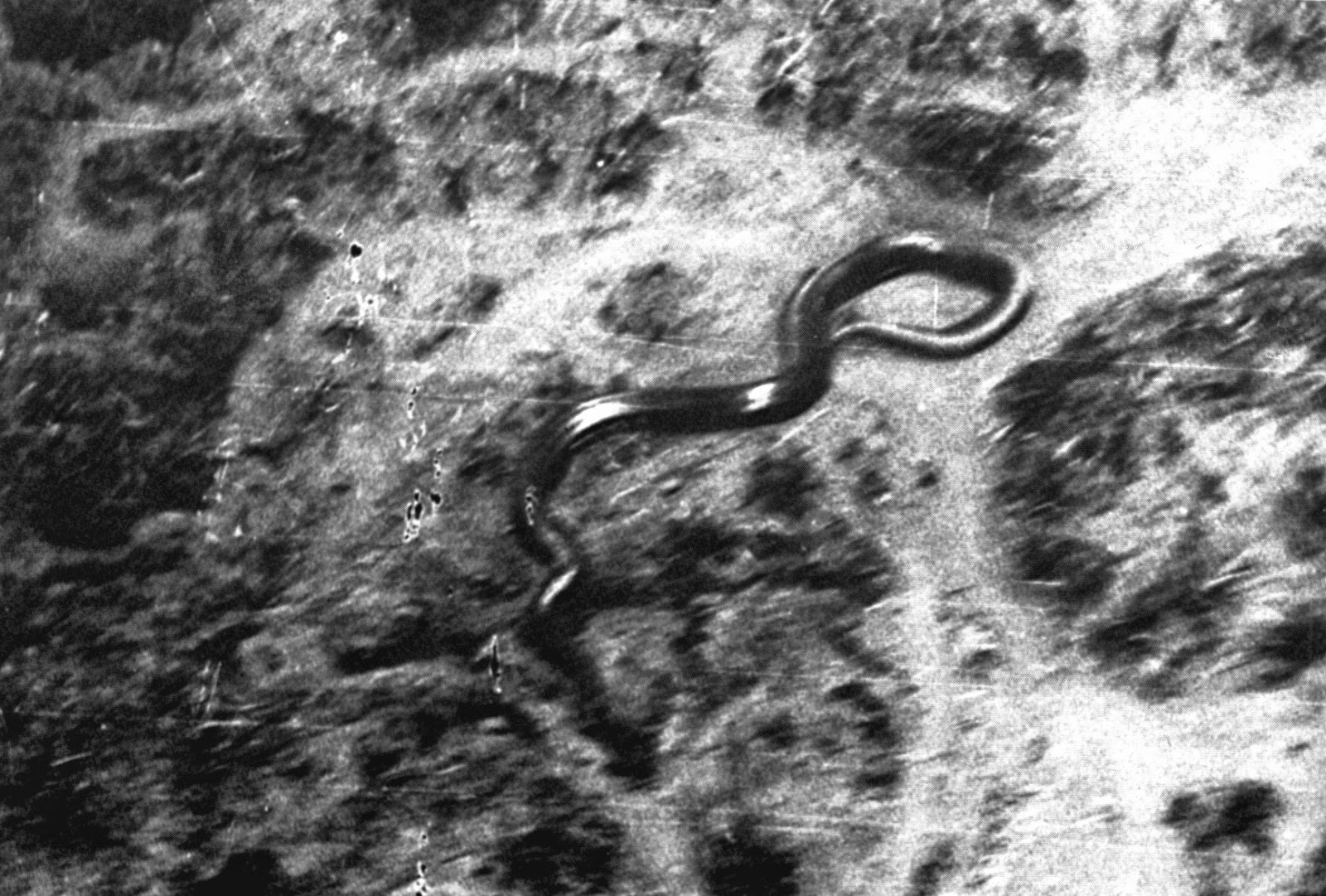Exploring The Enigmatic Giant Snake Of Congo: Facts And Myths
The giant snake Congo, often shrouded in mystery and intrigue, has captivated the imagination of many. This colossal serpent is rumored to roam the dense jungles of the Congo River Basin, sparking tales of terror and wonder among local tribes and explorers alike. In this article, we will delve into the fascinating world of the giant snake Congo, its characteristics, habitat, and the myths that surround it.
The Congo Basin, one of the world's largest tropical rainforests, serves as the primary habitat for this legendary creature. The elusive nature of the giant snake has led to numerous sightings and stories, but scientific evidence remains scarce. This article aims to separate fact from fiction, providing an in-depth exploration of the giant snake Congo and its significance in local culture and ecology.
As we unravel the truths and myths about this captivating serpent, we will also discuss the conservation challenges faced by the unique ecosystems of the Congo Basin. Join us on this journey as we explore the giant snake Congo and the role it plays in the rich tapestry of life within one of the most biodiverse regions on the planet.
Table of Contents
- Biography of the Giant Snake Congo
- Physical Characteristics
- Natural Habitat
- Myths and Legends
- Conservation Efforts
- Cultural Significance
- Reported Encounters
- Conclusion
Biography of the Giant Snake Congo
The giant snake Congo is often referred to by various names, including the "Mokele-Mbembe," a legendary creature said to inhabit the Congo River. While many believe this giant snake to be a myth, researchers have long been fascinated by the stories that circulate in local communities.
| Attribute | Details |
|---|---|
| Common Name | Giant Snake Congo |
| Scientific Name | Unknown |
| Length | Up to 30 feet (9 meters) |
| Habitat | Congo Basin Rainforest |
| Diet | Fish, small mammals, and possibly large prey |
Physical Characteristics
The giant snake Congo is described as a massive serpent, often reported to reach lengths of up to 30 feet (9 meters). Though there is no scientific confirmation of its existence, eyewitness accounts provide intriguing descriptions:
- Scaly skin, often depicted as dark green or brown for camouflage.
- A powerful, muscular body capable of constricting large prey.
- A large head with sharp, prominent teeth, suitable for gripping slippery fish and other prey.
Coloration and Camouflage
The coloration of the giant snake is believed to help it blend seamlessly into its surroundings, allowing it to ambush unsuspecting prey. This adaptation is crucial for survival in the dense underbrush of the rainforest.
Natural Habitat
The Congo Basin is home to one of the most diverse ecosystems on Earth, with a unique combination of flora and fauna. The giant snake is thought to inhabit the rivers and swamps of this region, often remaining hidden beneath the water's surface.
Rivers and Swamps
The intricate network of rivers and swamps provides the perfect environment for the giant snake, allowing it to hunt and thrive. The abundance of fish and small mammals in these waters serves as a primary food source.
Myths and Legends
The giant snake Congo has captured the imaginations of countless individuals, leading to the creation of numerous myths and legends. Local tribes often tell stories of encounters with this creature, instilling both fear and fascination.
- Some legends speak of the giant snake as a guardian of the river, protecting the waters and its inhabitants.
- Other tales depict the creature as a malevolent being, feared for its ability to swallow whole boats and fishermen.
Conservation Efforts
The unique ecosystems of the Congo Basin face numerous threats, including deforestation, poaching, and climate change. Conservation efforts are essential to protect not only the giant snake but the entire biodiversity of this region.
Organizations Involved
Several organizations are dedicated to the conservation of the Congo Basin, including:
- The World Wildlife Fund (WWF)
- The Wildlife Conservation Society (WCS)
- The African Wildlife Foundation (AWF)
Cultural Significance
The giant snake Congo holds a significant place in the cultural narratives of the local communities. It symbolizes both the mysteries of the jungle and the importance of respecting nature.
Reported Encounters
Throughout history, there have been numerous reported encounters with the giant snake Congo. While many accounts lack concrete evidence, they contribute to the legend and allure of this mythical creature.
- Eyewitness accounts often describe large serpentine shapes moving silently through the water.
- Some explorers claim to have seen tracks or disturbances in the water that could be attributed to the giant snake.
Conclusion
In conclusion, the giant snake Congo remains an enduring symbol of the mysteries hidden within the rainforest. While scientific evidence of its existence may be lacking, the stories and cultural significance surrounding this creature continue to captivate the imagination. As we strive to protect the ecosystems of the Congo Basin, we must also recognize the importance of preserving the stories and legends that shape our understanding of the natural world. We invite you to share your thoughts or experiences in the comments below and explore more articles about the incredible biodiversity of our planet.
Thank you for joining us on this journey through the world of the giant snake Congo. We hope to see you again soon for more explorations into the fascinating realms of wildlife and conservation.
Emily Agnes: A Comprehensive Look At Her Life And Career
Laura Govan's Husband: A Deep Dive Into Their Relationship
All About Trishelle Cannatella: The Reality Star's Journey Through Fame


![1959, August The Congo Snake Photo [Patrons Only] Anomalies the](https://i2.wp.com/anomalyinfo.com/sites/default/files/images/1959-giant-congo-snake.jpg)